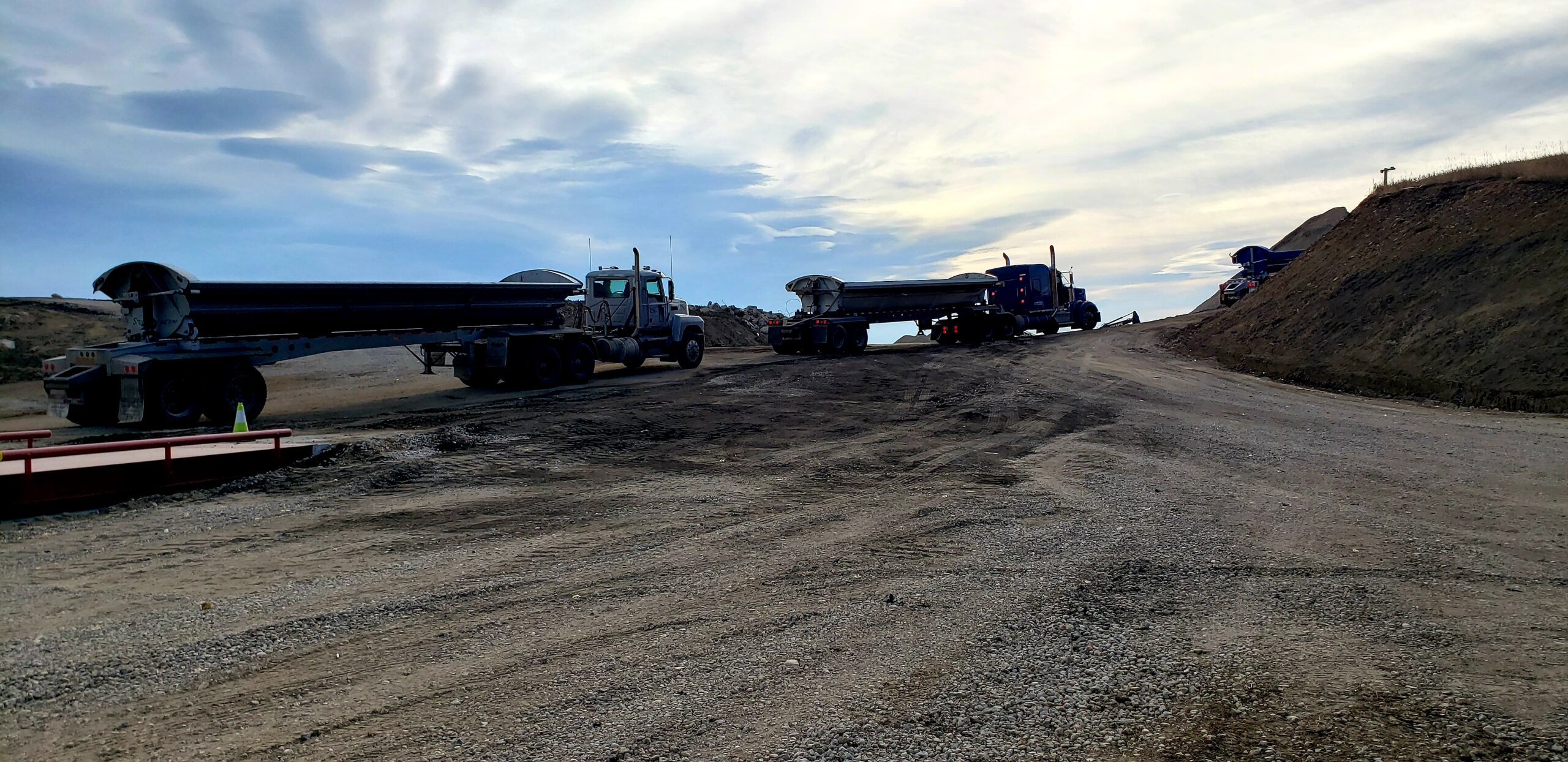The Facts of Aggregates
First, let's get some of the basic facts out of the way. Aggregates are composed of rock fragments used in their natural state or after mechanical processing...like washing or crushing. Virgin aggregates are comprised of sand and gravel, and crushed stone. Recycled aggregates consist mainly of crushed concrete and crushed asphalt pavement.
According to the USGS, construction aggregates make up more than 80 percent of the total aggregates market, and are used mainly for road base, riprap, cement concrete, and asphalt. Aggregates provide bulk, strength, and wear resistance in these applications.
So, where do recycled aggregates originate from? They actually arrive at our Colorado Aggregate Recycling yard from construction and demolition debris. According to the USGS, much of the infrastructure that has been constructed since the 1950’s, particularly the roadways, is becoming obsolete, and is in need of replacement or repair. Demolished infrastructure can be either disposed in landfills or recycled. According to the USGS, the decision is usually made by the demolition contractor, taking into consideration regional economics, contract terms, and legal mandates.
The Future of Recycled Aggregates
According to the USGS, the Future for recycled aggregates will be driven by reduced landfill availability, greater product acceptance, continuing government recycling mandates, and the continuing decay of a large stock of existing infrastructure, as well as by the demands of a healthy economy.
Colorado Aggregate Recycling has often preached about the environmental benefits of recycled aggregates, and that is supported by the USGS, noting: "The recycling of aggregates from recovered asphalt pavement and demolished concrete debris conserves resources and landfill space, while also generating healthy profits for recyclers. Recycling can take place either at a permanent facility or at the demolition site, using mobile equipment. A sustainable recycling industry requires numerous factors, including sufficient concrete and asphalt decay and demolition to supply the recycler with raw materials, demand for new infrastructure, favorable transportation distances, product acceptance, and limited landfill space."
Resources:
To learn more about recycled aggregates, and where we found this previously published material, read this USGS report: Recycled Aggregates—Profitable Resource Conservation
Thank you for visiting our recycled aggregates blog page! To see our available products and disposal for Colorado Aggregate Recycling, just Visit Our Site.

